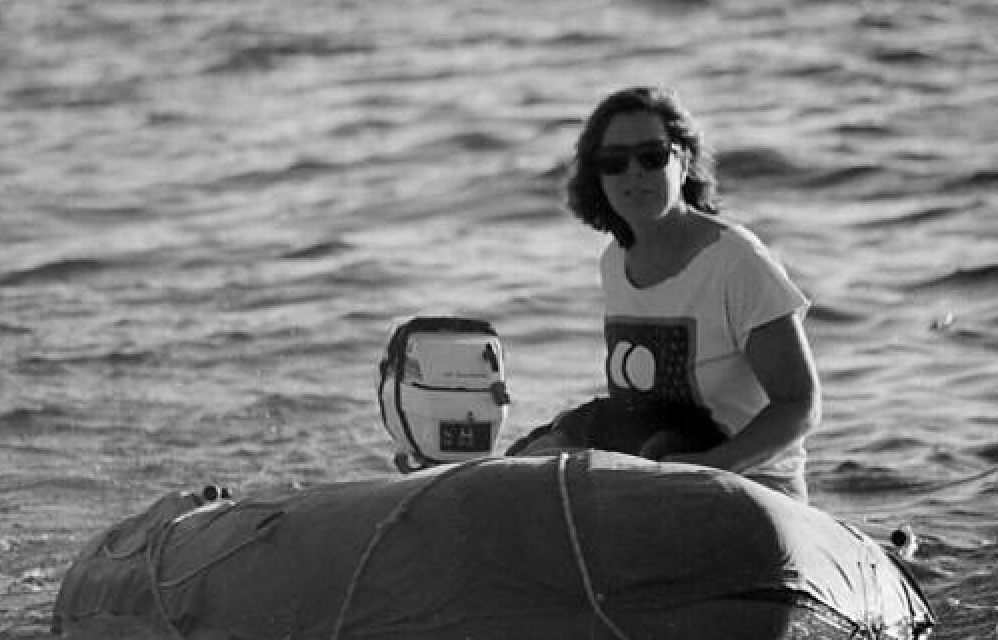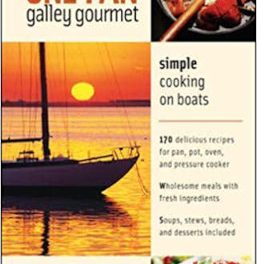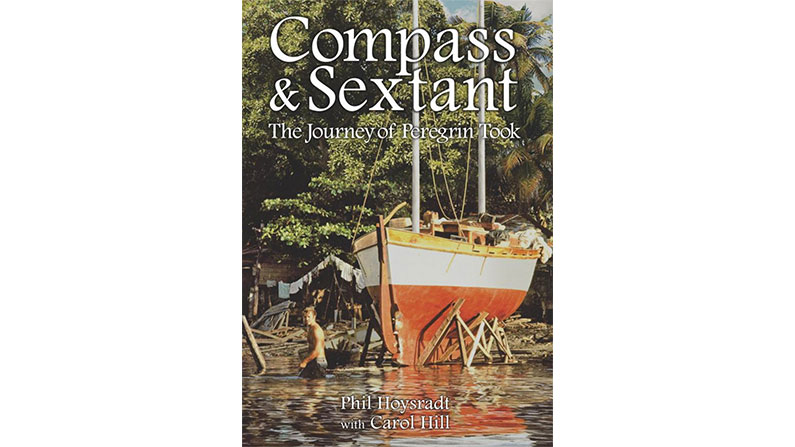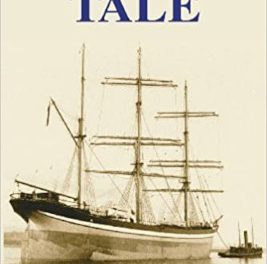When my wife Susan and I bought our Contessa 32, Hunter Star, in LaPaz, Mexico, I asked the owner if the boat came with a dinghy. He hemmed and hawed a bit, and finally said there was an old fiberglass dinghy that was probably serviceable that he would include. I usually try to squeeze all the useful life from things before giving up on them, so I figured we’d give it a try.
He also said he was willing to throw in a 3.5 hp Suzuki outboard, but he wasn’t certain of its condition: “It would make a good anchor!” Considering this statement to be more of a challenge to my salvage skills than a realistic description of its potential usefulness, I spent several hours talking with various mechanics until I found one, a British chap, naturally, who assured me that for about $100 in parts and labor he could restore it to running condition.
Now, some might have taken the description of the dinghy and motor as an incentive to go searching for replacements, but I looked at the glass as half full and figured that with $100 we had a dinghy and motor. Upon setting my eyes on Jocko (the name written boldly on the transom), I was reassured that it would float. Sure it was tippy, needed some minor fiberglass work, new paint and a soft bumper around the topsides to cushion impacts with our boat, but hey, what’s the cost of a little elbow grease and paint? I spent several hours scraping years of growth from its bottom and made a list of of what it needed. This was added to the work list for Hunter Star, the sloop that came with the dinghy. Hunter Star, while in good basic shape, had been largely ignored for several years and needed a great deal of maintenance and upgrades herself.
The motor was as advertised. It turned over but would not start, so I was quite content to leave it with Winston, the British mechanic, to fix it. I left him money and the parts he requested and hoped for the best. Since I was returning to my home in Homer, Alaska for the summer, I stored Jocko in the back of the marina prominently labeled with both my name and Hunter Star.
Upon retuning to LaPaz the following fall to begin boat work, Jocko was nowhere to be seen. The marina had expanded over the summer and had dragged stuff (and apparently Jocko) to a yard several miles away. The marina foreman, Jose, drove me to the lot and after some searching, I spied Jocko under some plywood and other debris. It was dirty but none the worse for wear. He helped me drag it back to the marina where I slid it into the water and tied it to the dinghy dock. Anticipating rowing it around the bay, I placed the oars in it. Later that night, as my friend and I were exiting the Dock Cafe, the marina guard began speaking excitedly to him in Spanish, something about a dinghy and some hombres. I had a funny feeling he was speaking of my dinghy and when we got to the slip he led us to, there was Jocko, half full of water and tied to a cleat.
It turned out that two men had “borrowed” Jocko to go out to another boat at anchor. But their drinking skills had outpaced their rowing skills and they swamped the boat 30 yards from the dock. The owner of the nearest boat heard the commotion, turned on his spolight and saw another dinghy pick up the men in question and whisk them out to sea. Jocko was none the worse for wear, but in the short time we had owned it, it had been lost and stolen and we had yet to even set foot in it!
Jocko’s bad karma continued the next day when it was totally rejected by Susan, my wife and partner. She had drawn the short straw and was supposed to scrape and prepare it for fiberglass and new paint. My short straw was to clean the 5 foot deep, 12 inch wide and totally impossible to get to bilge in the Contessa. Neither of us were at the top of our game when she politely requested that we scrap Jocko and buy a new dinghy. More fruitful discussions have occurred, but later that day I found myself looking at a list of items for sale at the marina clubhouse. Fortunately for me it included a 9-foot Achilles inflatable for $300. When the owner brought it to the dock for inspection it was evident that it had spent more of its life as a painter’s drop cloth than a working dinghy. The beast was basically red but splattered with hundreds of white dots of paint ranging it size from a pinhead to a quarter. However, for the most part, it held air.
It did need new floorboards and all the wood needed epoxy and paint. Somehow, although far from new, Susan, after 16 years of marriage had somewhat resigned herself to never owning something new, working on this dinghy was more palatable that working on Jocko and it did seem more user friendly. Well, at least it was softer. So for $200 and some new paint and wood, we were the proud owners of a 10-year-old Achilles.

The Suzuki was another story. Winston had replaced the cylinder head and piston, rebuilt the carburetor and dropped it off on his way to catch a flight to England. He was confidant it would run, but after tearing both of our rotator cuffs, without even a burp, we were not as confidant and we were due to leave on our first cruise in two days. Our friend, Fabian, whom we knew from the marina, loaned us his 4 hp Evinrude that was old, but started and ran. We used it for the next month and when we returned, we bought it from him for $200. An extra motor seemed like a good idea anyway. I packed up the Suzuki motor and returned with it to Alaska where I was quite confidant that my mechanic friend, John, could fix it. He found lousy compression and replaced the piston and cylinder with the next oversize and after some gyrations (he was adamant he was not a Suzuki mechanic) gave it back to me in running condition ($200 in parts). To this day however, he was refused all further Suzuki work.
We brought the motor back with us on the next trip to LaPaz and after developing shoulder tendonitis again it finally started and ran fine, but was always touchy. We kept it as a spare for a year but as starting never got easier, we finally sold it to a cruiser for $100 with all of the above history made perfectly clear. He monkeyed with it and happily took to to the South Pacific.
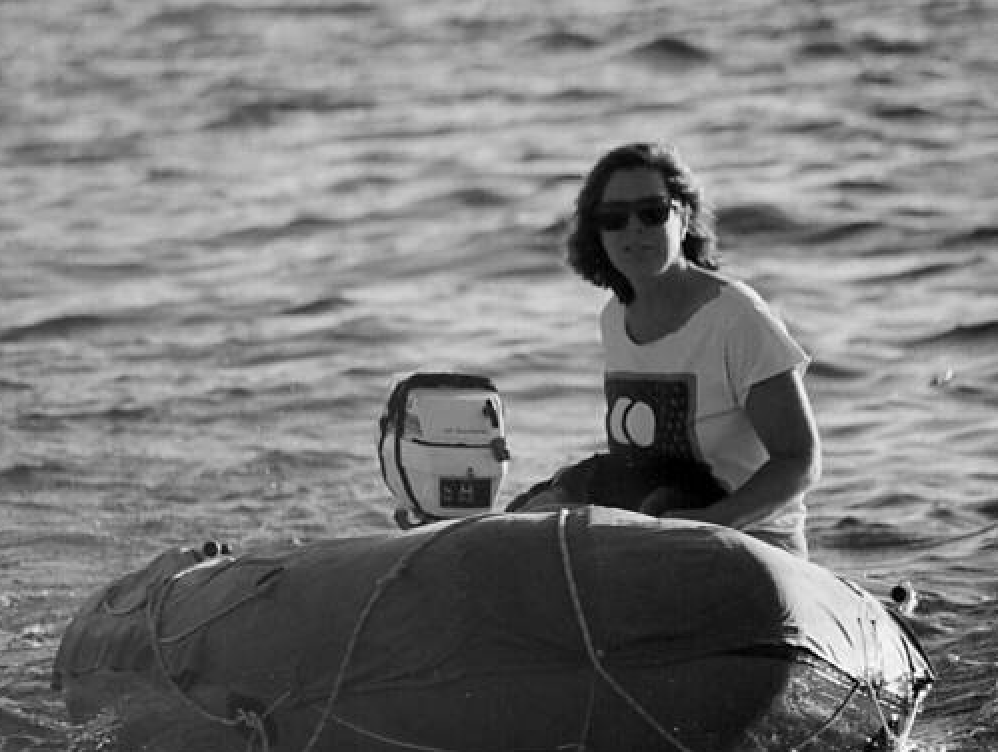 As it turned out, the 9-foot Achilles and 4 hp Evinrude worked great. The motor was only 28 pounds and was easy to heft onto the boat. It pushed the boat nicely and planed with one person aboard. We sold Jocko to Fabian to use in his boat work business. And while I’d like to say we lived happily ever after, it’s been close. I’ll spare the details of transporting the lower unit to Alaska for repairs and the top end on another trip for work of one kind or another. The little motor is unique in that instead of unclipping the motor cover to access the innards (like about every other outboard motor in existence), you have to loosen 4 nearly inaccessible bolts to get at the guts, and it you break the starter rope… oh well, that’s another story. However, this combo provided us with reliable ship to shore transport for the 5 years we spent on Hunter Star in the glorious Sea of Cortez. Sometimes in life, it just doesn’t pay to be cheap.
As it turned out, the 9-foot Achilles and 4 hp Evinrude worked great. The motor was only 28 pounds and was easy to heft onto the boat. It pushed the boat nicely and planed with one person aboard. We sold Jocko to Fabian to use in his boat work business. And while I’d like to say we lived happily ever after, it’s been close. I’ll spare the details of transporting the lower unit to Alaska for repairs and the top end on another trip for work of one kind or another. The little motor is unique in that instead of unclipping the motor cover to access the innards (like about every other outboard motor in existence), you have to loosen 4 nearly inaccessible bolts to get at the guts, and it you break the starter rope… oh well, that’s another story. However, this combo provided us with reliable ship to shore transport for the 5 years we spent on Hunter Star in the glorious Sea of Cortez. Sometimes in life, it just doesn’t pay to be cheap.

